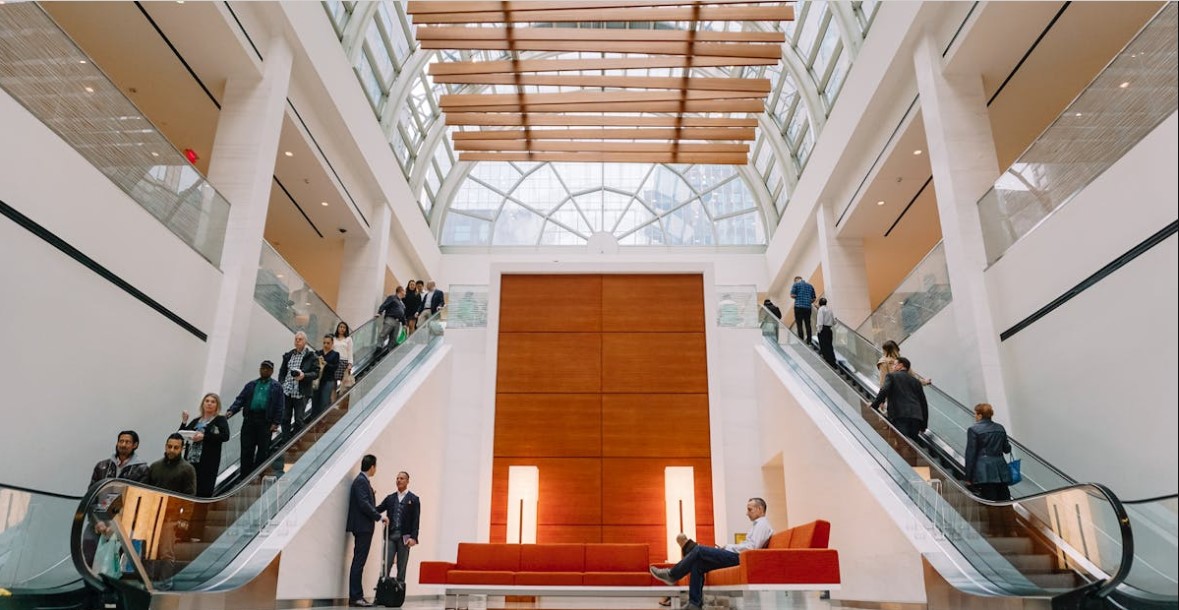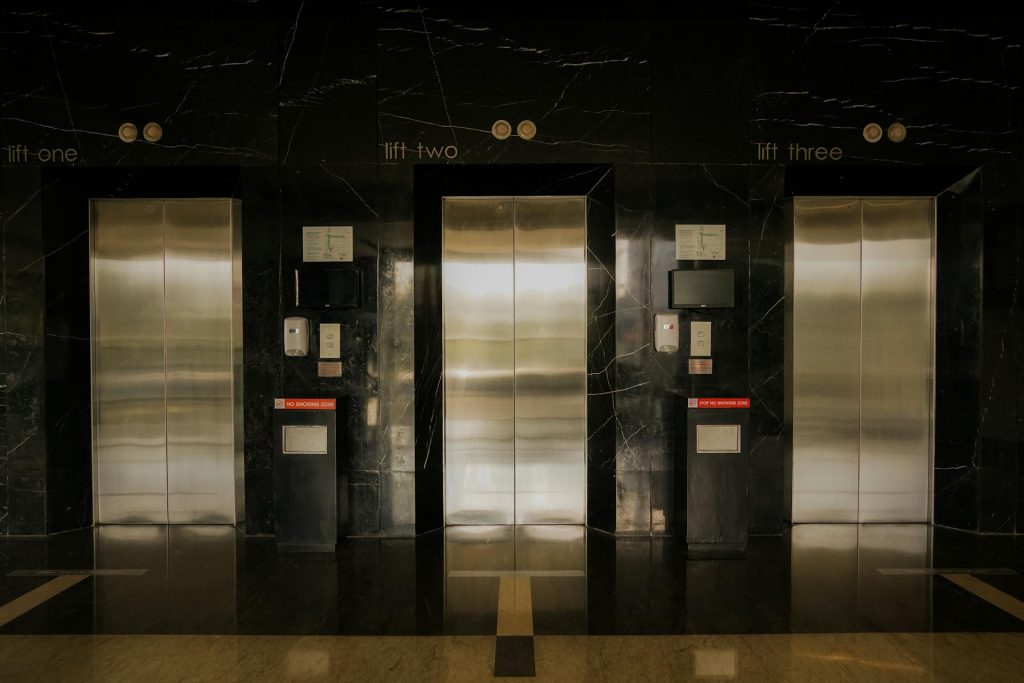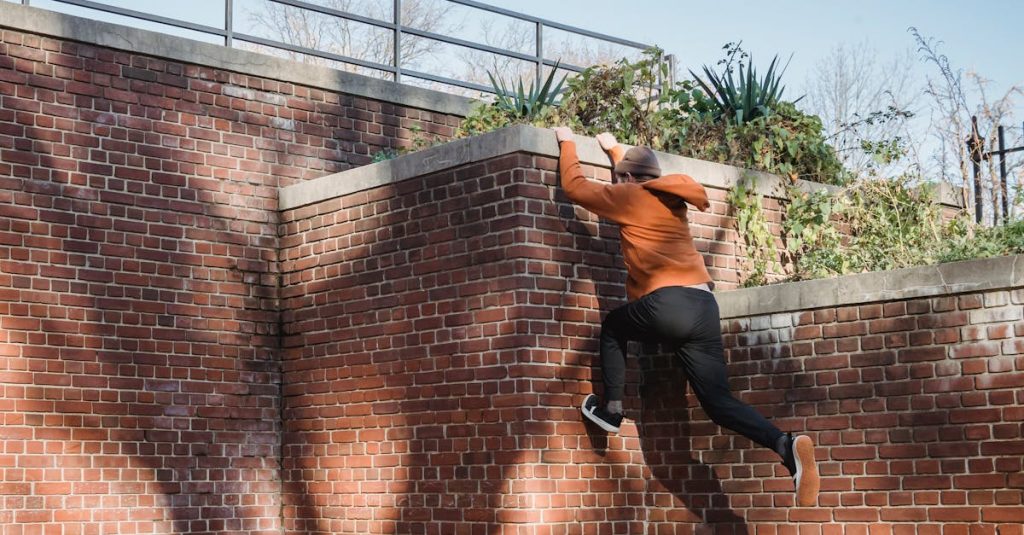Imagine being unable to access a vital space simply because there is no elevator designed to accommodate your specific needs. This is the reality for many individuals with disabilities who face barriers in navigating public and private spaces. In this article, we will delve into the world of elevators for people with disabilities, exploring the standards and innovative designs that are revolutionizing accessibility.
From understanding the importance of inclusive elevator designs to discovering how modern technology is enhancing independence for individuals with disabilities, we promise to provide a comprehensive guide that not only educates but also empowers. Join us on this journey as we shed light on how elevators can be more than just modes of transport – they can be symbols of progress and equality in our society.
Understanding the Importance of Accessibility Elevators
Elevators designed for people with disabilities play a crucial role in fostering inclusivity and independence within our built environment. These specialized elevators provide individuals with mobility challenges the freedom to navigate public and private spaces with dignity and ease. By ensuring that everyone has equitable access to different levels of buildings, accessibility elevators promote a more inclusive society.
Furthermore, accessibility elevators serve as a symbol of societal progress and empathy towards individuals with disabilities. They signify a commitment to breaking down physical barriers and creating environments that cater to the diverse needs of all individuals. The presence of these elevators not only enhances accessibility but also demonstrates a strong belief in equal opportunities for everyone, regardless of their physical limitations.
Embracing the importance of accessibility elevators goes beyond mere compliance with regulations—it reflects a genuine commitment to inclusivity and diversity. By prioritizing the installation of these elevators in both new constructions and existing buildings, we not only meet legal requirements but also showcase our dedication to creating welcoming spaces for people from all walks of life. Accessibility elevators are not just functional elements; they are powerful tools that promote social cohesion and inspire positive change in our communities.
Navigating the ADA Guidelines for Elevator Designs
When it comes to designing elevators for people with disabilities, adherence to the Americans with Disabilities Act (ADA) guidelines is paramount. The ADA provides comprehensive regulations that ensure equal access and usability for individuals with disabilities. Understanding and navigating these guidelines are essential for creating inclusive and accessible elevator designs.
One key aspect of the ADA guidelines for elevator designs is ensuring that elevators are equipped with features such as Braille signage, tactile buttons, audible announcements, and handrails. These features are crucial in providing navigation assistance and safety for individuals with visual or hearing impairments. By incorporating these elements into elevator designs, designers can create a more user-friendly and accessible environment for all users.
Additionally, the ADA mandates specific dimensions and clearances for elevator cars to accommodate mobility devices such as wheelchairs and scooters. Designers must carefully consider factors such as door width, interior space, control panel height, and floor leveling to ensure that individuals with mobility challenges can comfortably access and use the elevator. By following these guidelines diligently, designers can guarantee that their elevator designs meet the highest standards of accessibility set forth by the ADA.
Choosing the Right Custom Elevator Design for Your Needs
When selecting a custom elevator design for individuals with disabilities, it is essential to consider various factors to ensure it meets specific needs. Accessibility, safety features, usability, and aesthetics are crucial aspects to contemplate when choosing the most suitable elevator design.
Collaborating with experienced architects and designers specializing in disability access can provide invaluable insights into creating a custom elevator that seamlessly integrates into the existing space while prioritizing functionality and comfort. By tailoring the design to meet unique requirements, individuals can enjoy a personalized and inclusive elevator experience.
Incorporating advanced technologies such as voice-activated controls, braille signage, tactile buttons, and audible floor announcements can enhance the user experience further. These innovative features not only improve accessibility but also promote independence and empowerment for individuals with disabilities, creating a more inclusive environment for all.
Transforming Spaces with Wheelchair Elevators
Wheelchair elevators are not just functional devices; they serve as symbols of inclusivity and accessibility in modern spaces. By integrating wheelchair elevators into buildings, we are not only meeting legal requirements but also transforming environments into welcoming and barrier-free settings for all individuals.
These elevators open up a world of possibilities by allowing people with mobility challenges to navigate multi-level structures effortlessly. Imagine the freedom of exploring every floor of a building without limitations. Wheelchair elevators bring independence and dignity to individuals who may have previously felt restricted in their movements.
The installation of wheelchair elevators goes beyond mere compliance; it signifies a commitment to creating environments that prioritize equality and diversity. Every time someone uses a wheelchair elevator to access different levels within a building, it sends a powerful message that everyone deserves equal opportunities and treatment. These elevators are not just mechanisms for movement; they are tools for social change and progress towards a more inclusive society.
Elevators for People with Disabilities: Enhancing Independence
Empowering individuals with disabilities to achieve greater independence is a noble pursuit in the realm of accessibility. Elevators play an essential role in breaking down physical barriers and providing individuals with the freedom to move between different levels of a building effortlessly. By offering reliable and user-friendly vertical transportation solutions, elevators enable people with disabilities to navigate spaces independently, promoting inclusivity and self-sufficiency.
Enhancing independence through well-designed elevators involves more than just functionality; it encompasses dignity and respect for individuals’ autonomy. Elevator features such as spacious cabins, clear signage, Braille buttons, and audio announcements not only facilitate smooth navigation but also uphold the dignity of users by ensuring their comfort and ease of use. The thoughtful design elements incorporated into disability elevators aim to empower users by granting them control over their movements while promoting a sense of equality within the built environment.
Moreover, the provision of reliable maintenance services and prompt repairs for disability elevators is crucial in sustaining independence for users. Ensuring that elevators are consistently operational and well-maintained not only fosters a sense of security but also reinforces users’ confidence in their ability to access diverse spaces autonomously. The seamless functioning of disability elevators instills a sense of reliability and reassurance, further enhancing individuals’ independence as they navigate public or private buildings with ease.
Innovative Features of Modern Disability Elevators
Modern disability elevators are equipped with advanced features that prioritize safety, comfort, and convenience for users with disabilities. One notable feature is the incorporation of destination dispatch technology, which efficiently assigns elevator cars to passengers based on their destinations, reducing wait times and optimizing traffic flow within buildings.
Furthermore, many modern disability elevators are designed with customizable interiors to meet the specific needs and preferences of diverse users. This includes adjustable lighting options, tactile buttons for visually impaired individuals, and audio announcements for those with hearing impairments. These customizable features create a more personalized and user-friendly experience for all passengers.
Another innovative aspect of modern disability elevators is the integration of smart technologies such as remote monitoring systems and predictive maintenance capabilities. By utilizing these technologies, building managers can proactively identify issues before they escalate, ensuring the continuous functionality of the elevator and enhancing overall reliability for individuals with disabilities.
Elevators Beyond Accessibility: Creating Inclusive Environments
When designing elevators for people with disabilities, it’s crucial to go beyond mere accessibility and focus on creating truly inclusive environments. These elevators should not only cater to specific mobility needs but also foster a sense of belonging and equal access for all individuals, regardless of their abilities.
Inclusive elevator designs consider factors such as universal design principles, ergonomic features, and intuitive controls to ensure that everyone can use them comfortably and efficiently. By prioritizing inclusivity in elevator design, we are not just providing a means of transportation but also promoting social integration and diversity in public spaces.
Imagine a world where every elevator is seamlessly designed to accommodate various needs – from individuals with physical disabilities to parents with strollers or travelers with heavy luggage. This vision of inclusivity extends beyond functional aspects to embrace a mindset of compassion and understanding towards all members of society.
Designing a Stylish and Functional Elevator for All Abilities
When it comes to designing elevators for people with disabilities, style and functionality must go hand in hand. Aesthetics can play a significant role in creating an inclusive environment that promotes dignity and independence. Choosing modern, sleek designs while ensuring ease of use is key to making all users feel welcomed and valued.
Integrating universal design principles into the elevator’s aesthetics can enhance its appeal to users of all abilities. From selecting contrasting colors for better visibility to incorporating tactile buttons and audio cues for those with visual impairments, thoughtful design elements can make a world of difference in ensuring a seamless experience for everyone. Embracing creativity in the design process can lead to elevators that not only serve their practical function but also serve as works of art.
Collaborating with architects, interior designers, and accessibility experts is essential in creating elevators that are both stylish and functional. By working together, these professionals can ensure that the elevator’s design harmoniously blends with the overall aesthetic of the building while meeting the diverse needs of all users. Elevators designed with attention to detail and user experience not only elevate physical spaces but also uplift spirits by promoting inclusivity and equality.
Elevators as a Symbol of Progress and Equality
Embodying Inclusivity: Elevators designed for people with disabilities serve as a powerful symbol of progress towards inclusivity and equality in society. By providing equal access to all individuals, regardless of their physical abilities, these elevators signify a commitment to embracing diversity and creating environments where everyone can thrive.
Breaking Barriers: The presence of disability-friendly elevators not only breaks physical barriers but also challenges societal norms and perceptions surrounding accessibility. When individuals with disabilities can navigate spaces with ease and dignity, it sends a message of empowerment and equality, highlighting the importance of considering the needs of all community members in design and infrastructure.
Promoting Social Change: Disability-inclusive elevator designs reflect a broader cultural shift towards greater awareness and acceptance of diverse abilities. By recognizing the value of accessibility for all individuals, these elevators inspire positive social change, fostering empathy, understanding, and unity within communities. They symbolize a society that values inclusivity as an essential pillar of progress and equality.
Conclusion
As we conclude our exploration of elevators for people with disabilities, it is evident that these innovative designs not only provide access but also symbolize progress and inclusivity in our society. By embracing the principles of universal design and prioritizing accessibility, we can create environments that empower individuals of all abilities. Let us continue to strive for a more accessible and inclusive world, where everyone can navigate spaces with dignity and independence.




